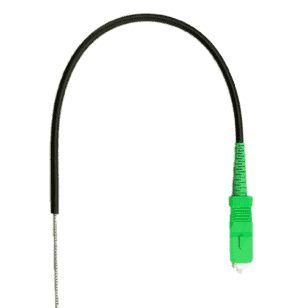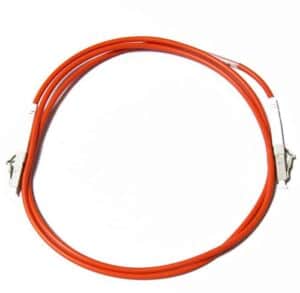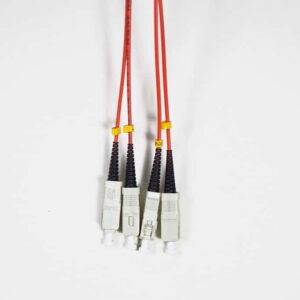Fiber Optic Jumpers
Fiber optic cables are the gold standard for last-mile connections, offering both speed and reliability to link endpoint devices with your network at large. But not all fiber jumper cables are the same. Here’s what you need to know about selecting the ideal fiber optic jumper for your operational needs.
The Fiber Future
Fiber jumpers, also called fiber patch cords, link existing hardware to your structured cabling system. Fiber optic options have enjoyed significant market adoption over the past few years thanks to the unparalleled ability of glass fibers to transmit information using light.
Industries such as health care, government, manufacturing and technology are now deploying fiber optic products to transmit information at scale and speed. Common applications include phone signals, Internet data and cable television signals, but the true benefit of fiber stems from its agnostic abilities. Data of any type can be converted and carried along fiber optic cables for enhanced transmission speed.
Understanding Your Fiber Optic Jumper Options
At Amerifiber, we offer multiple fiber optic jumper products to help leverage your last mile connection. But what’s your best fit? Let’s break down the key differences in singlemode vs. multimode cables and simplex vs. duplex jumpers.
Singlemode — Singlemode cables contain a single strand of 9/125um glass. They’re ideal for transmitting data at high speeds over long distances. The smaller core size allows the light to travel in a straight path without losing speed.
Multimode — These cables use glass strands with larger core sizes of 50/125 and 62.5/125 which disperse light into multiple paths, providing high bandwidth and high speeds. The downside? Over long distances, the signal can distort if light pulses interfere with one another.
Simplex — Simplex jumpers transmit data in one direction using a single strand of glass and are ideal for devices that only send information.
Duplex — Duplex jumpers send and receive data using two individual strands of glass . If you’re running complex networks or multiple workstations, duplex is often the best choice allowing both transmit and receive.
It’s Faster With Fiber
Along with multiple configuration options, fiber optic products also offer key advantages over other cabling options, such as copper. These include:
Improved speeds — Under ideal conditions, fiber transmissions can reach 70% of the speed of light, far faster than copper.
Enhanced reliability — Copper cables are negatively impacted by changes in temperature and humidity, while glass is immune to weather conditions. In addition, fiber optic cables carry light rather than electric current, meaning they’re not affected by electromagnetic interference.
The right cables and jumpers make all the difference in your last mile. Connect with Amerifiber and find the best fiber optic options tailored to your projects specifications.





